Please sign in to access this resource
Not a Florida public school educator?
Access this resourceon CPALMS.com
General Information
Aligned Standards
This vetted resource aligns to concepts or skills in these benchmarks.Related Videos

This FSU professor discusses the limitations and need for improvement to models used to forecast hurricanes.

What happens when math models go wrong in forecasting hurricanes?
Download the CPALMS Perspectives video student note taking guide.

If you watch this video, your brain will be learning more about itself! Think about it.

Our brains process all sensory information and tell the body what to do next.
Download the CPALMS Perspectives video student note taking guide.

Understanding human physiology will allow you to stand under your own power at the end of a long rowing trip.
Related Resources:
KROS Pacific Ocean Kayak Journey: GPS Data Set[.XLSX]
KROS Pacific Ocean Kayak Journey: Path Visualization for Google Earth[.KML]
Download the CPALMS Perspectives video student note taking guide.

Strengthen your understanding of how muscle filaments function as this physiologist flexes his knowledge.
Download the CPALMS Perspectives video student note taking guide.

Get mentally fit as this physiologist explains muscle structure!
Download the CPALMS Perspectives video student note taking guide.

Get moving and learn how muscles move you!
Download the CPALMS Perspectives video student note taking guide.

Let this semipermiable membrane teaching idea sink in.
Download the CPALMS Perspectives video student note taking guide.

When your kidneys fail you, there's help with kidney dialysis.
Download the CPALMS Perspectives video student note taking guide.

Feeding your baby, inside and outside your body.
Download the CPALMS Perspectives video student note taking guide.

Robots use "eyes" and "ears" to sense their surroundings, just like you and me.
Download the CPALMS Perspectives video student note taking guide.

Get a tip for modeling the cell membrane in this lesson idea.
Download the CPALMS Perspectives video student note taking guide.

Your kidneys work hard - show them some respect!
Download the CPALMS Perspectives video student note taking guide.

Lots of issues causes disease - genetics, lifestyle, pathogens - let's practice prevention when we can.
Download the CPALMS Perspectives video student note taking guide.

Flow Cytometry is a cool technology that can count and sort cells.
Download the CPALMS Perspectives video student note taking guide.

Scientists use microscopes to see what is invisible to the naked eye.
Download the CPALMS Perspectives video student note taking guide.

Fire up those brains with exercise!
Download the CPALMS Perspectives video student note taking guide.

What you need to know about exercising for your heart and lungs.
Download the CPALMS Perspectives video student note taking guide.

A bio-mathematician discusses the folds and the structure of the brain and how they relate to math.

Dr. Tom Miller discusses the anatomy and morphology of carnivorous plants.
Download the CPALMS Perspectives video student note taking guide.

Your mind will swell with knowledge after submerging in this idea to demonstrate osmosis.
Download the CPALMS Perspectives video student note taking guide.

Get outside and interact with nature after you watch this idea for teaching about the different parts of plants!
Download the CPALMS Perspectives video student note taking guide.

This teacher has an approach to teaching evolution that may help to keep skeptical students engaged: start by teaching about plants, and then make small changes to the discussion over time.
Download the CPALMS Perspectives video student note taking guide.

Dr. Gregory Erickson explains bone histology and anatomy with special remarks on bones of a juvenile Tyrannosaurus rex.
Download the CPALMS Perspectives video student note taking guide.

Dr. Mahmood Shivji explains how information contained in the DNA of seafood species is used for identification in the marketplace.
Download the CPALMS Perspectives video student note taking guide.

Dr. Erinn Muller explains how coral health research at Mote Marine Laboratory is driving policy decisions regarding coral reef restoration in Florida.
Download the CPALMS Perspectives video student note taking guide.
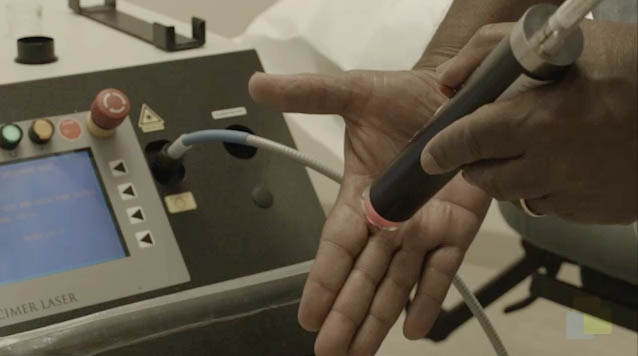
Dr. George Cohen discusses a variety of skin treatments that utilize electromagnetic radiation, including lasers, UV light, and x-rays.
Download the CPALMS Perspectives video student note taking guide.

Dr. Erinn Muller explains research related to discovering coral genotypes capable of thriving despite environmental health challenges.
Download the CPALMS Perspectives video student note taking guide.

Jens Foell discusses brain function as it relates to brain imaging technology such as fMRI.
Download the CPALMS Perspectives video student note taking guide.
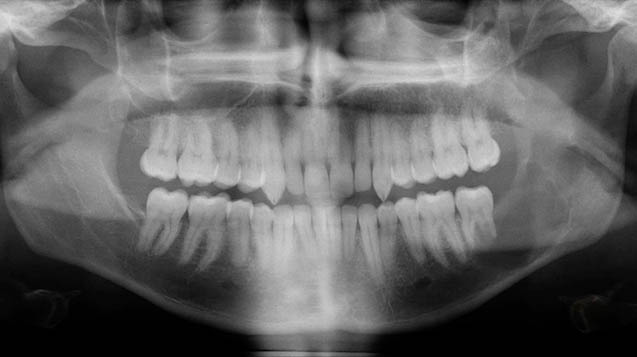
Dr. Michael Thornton discusses the nutritive value of blood - for vampires!
Download the CPALMS Perspectives video student note taking guide.

Learn how carbohydrates in our cells' membrane determine our blood types.
Download the CPALMS Perspectives video student note taking guide.
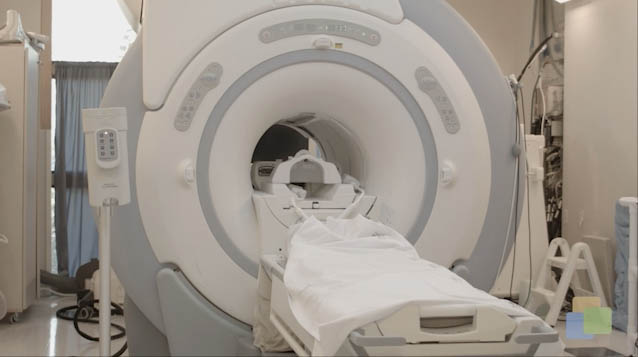
Using new methods in neuroimaging, personality traits can be mapped to distinct regions of the brain.
Download the CPALMS Perspectives video student note taking guide.
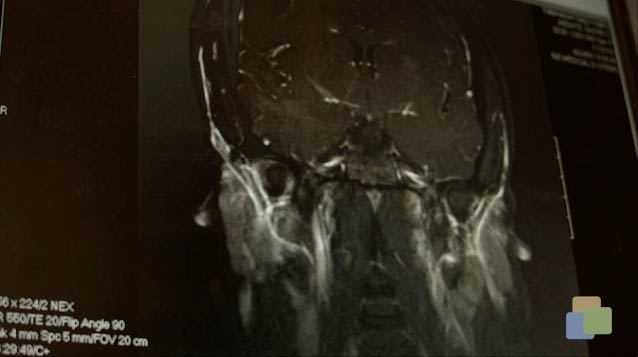
Jens Foell discusses the link between correlation and causation in PTSD patients.
Download the CPALMS Perspectives video student note taking guide.

CSI in the Classroom: Blood at a crime scene points to a suspect.
Download the CPALMS Perspectives video student note taking guide.
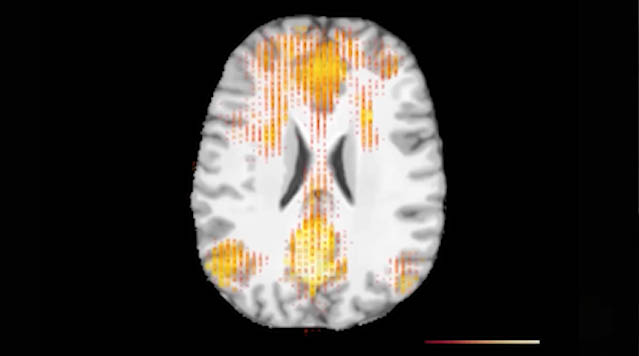
Florida State Researcher, Jens Foell, discusses the importance of understanding correlation versus causation when researching personality traits and criminal behavior.
Download the CPALMS Perspectives video student note taking guide.
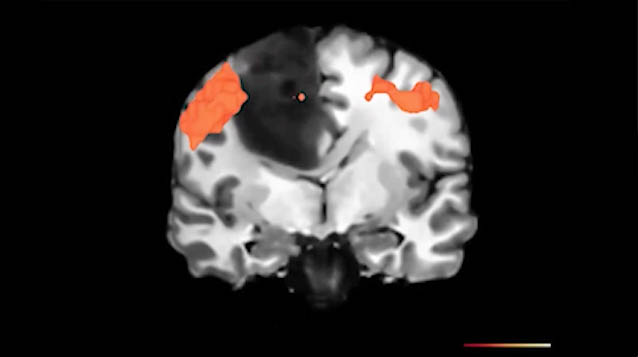
Jens Foell discusses how statistical noise reduction is used in fMRI brain imaging to be able to determine which specifics parts of the brain are related to certain activities and how this relates to patients that suffer from phantom limb pain.

When you cut yourself, your body goes to work to prevent blood loss.
Download the CPALMS Perspectives video student note taking guide.
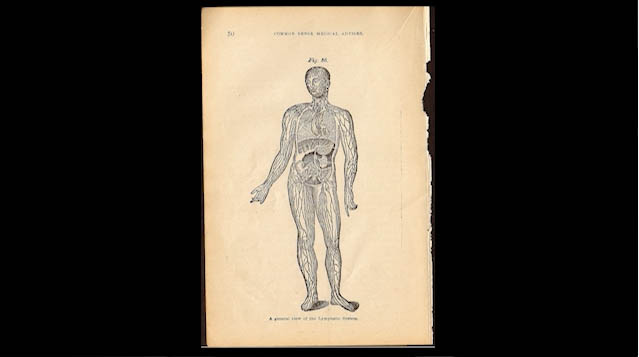
The lymph system gets some respect.
Download the CPALMS Perspectives video student note taking guide.

The importance of being a red blood cell.
Download the CPALMS Perspectives video student note taking guide.

Florida State researcher Jens Foell discusses the use of fMRI and statistics in chronic pain.

Rick Hyson discusses the neuroscience contribution to the Birdsong project.
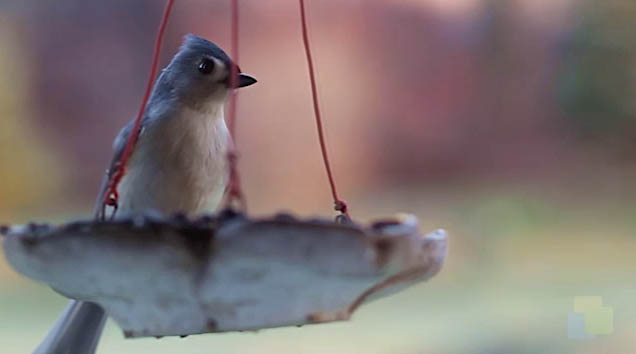
Frank Johnson discusses the science behind hearing, learning, and speaking.
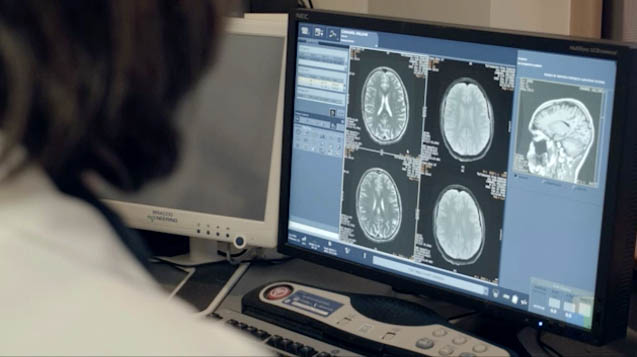
Wei Wu discusses his statistical contributions to the Birdsong project which help to quantify the differences in the changes of the zebra finch's song.
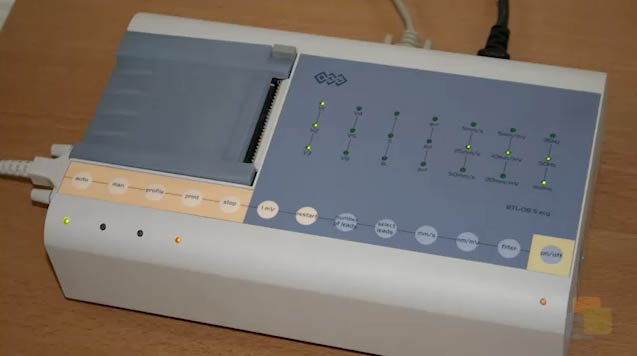
Tanganyika Wilder explains EKG.
Download the CPALMS Perspectives video student note taking guide.
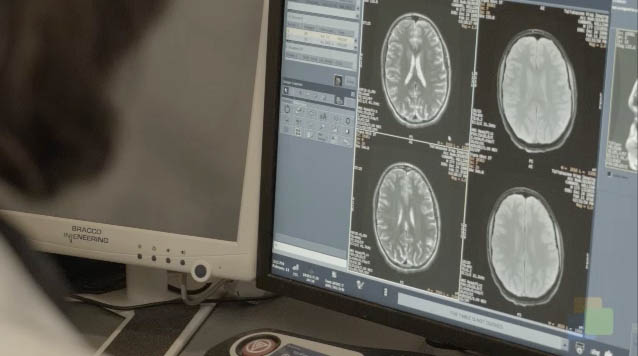
There is an amazing amount of similarity in brain organization between birds and humans. Turns out, birds are pretty darn smart and very good problem solvers!

SCCA race car drivers discuss how using a chassis dyno to graph horsepower and torque curves helps them maximize potential in their race cars.

Jump to it and learn more about how quadratic equations are used in robot navigation problem solving!
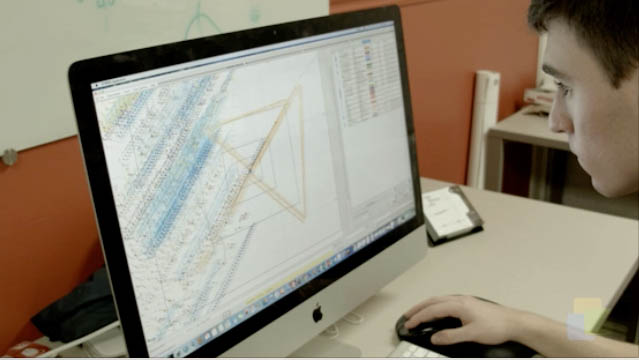
Meteorologist, Michael Kozar, discusses the limitations to existing hurricane scales and how he is helping to develop an improved scale.
Download the CPALMS Perspectives video student note taking guide.

The tide is high! How can we statistically prove there is a relationship between the tides on the Gulf Coast and in a fresh water spring 20 miles from each other?
Download the CPALMS Perspectives video student note taking guide.
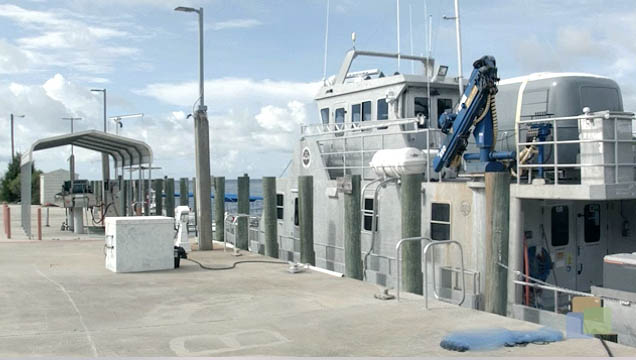
Fishery Scientist from Florida State University discusses his new research in deep sea sharks and the unusual behavior that is found when the data is graphed.
Download the CPALMS Perspectives video student note taking guide.
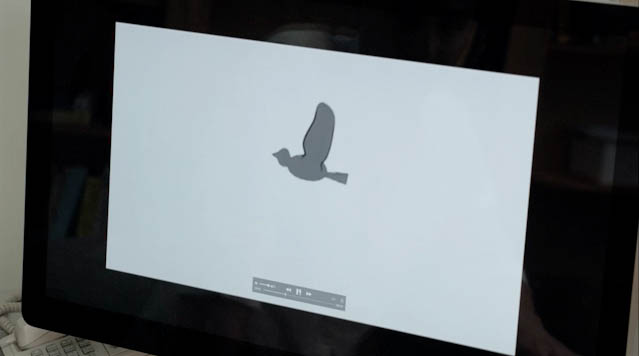
Nick Moore discusses his research behind optimizing wing design using inspiration from animals and how they swim and fly.
Download the CPALMS Perspectives video student note taking guide.

This buzzworthy video features statistics, sampling, and how scientists make inferences about populations.

COAPS oceanographer Steve Morey describes how math is used to help research hurricanes and strong deep ocean currents that could effect deep water oil rigs.
Download the CPALMS Perspectives video student note taking guide.

Statistical analysis played an essential role in using microgravity sensors to determine location of caves in Wakulla County.
Download the CPALMS Perspectives video student note taking guide.

What was the first question that started probability theory?
Download the CPALMS Perspectives video student note taking guide.

This ecologist from the Coastal Plains Institute discusses sampling techniques that are used to gather data to make statistical inferences about amphibian populations in the wetlands of the Apalachicola National Forest.

Florida State University Counseling Psychologist discusses how he uses confidence intervals to make inferences on college students' experiences on campus based on a sample of students.
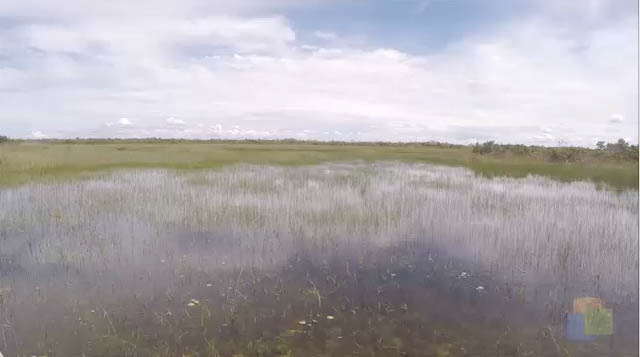
Dr. Tom Van Lent and Rajendra Paudel describe how modeling and simulation of water reservoirs are used to inform decisions about regulation of water flow in the Everglades.
Download the CPALMS Perspectives video student note taking guide.
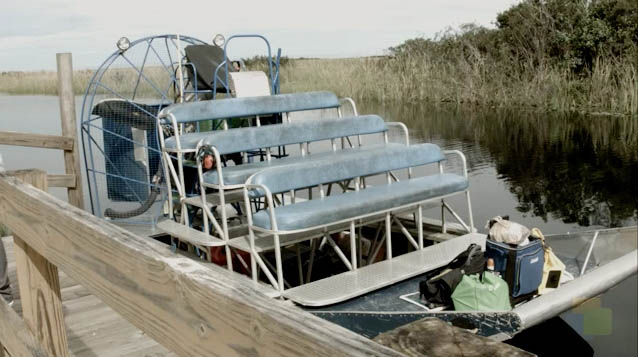
Dr. Tom Van Lent and Rajendra Paudel describe how hydrologic modeling is used to evaluate environmental conditions in the Everglades.
Download the CPALMS Perspectives video student note taking guide.
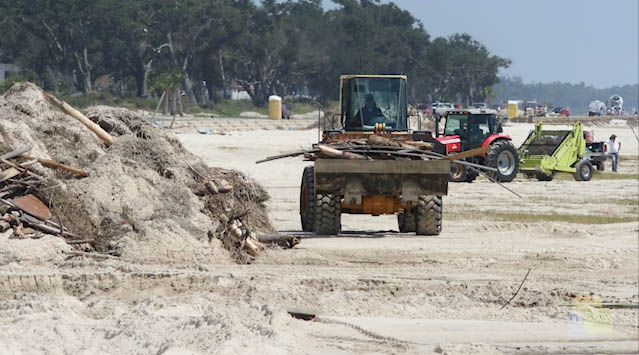
Hurricanes can hit at any time! How do insurance companies use math and weather data to help to restore the community?
Download the CPALMS Perspectives video student note taking guide.
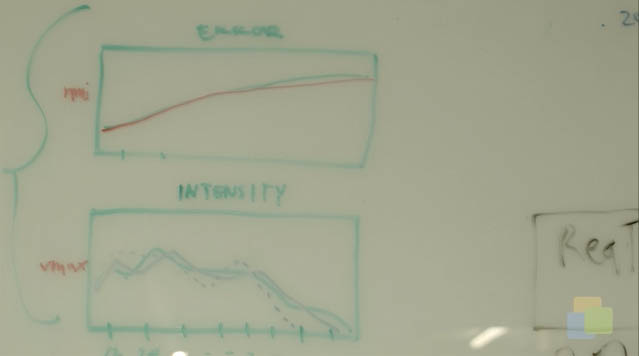
Meteorologist from Risk Management discusses the use of probability in predicting hurricane tracks.
Download the CPALMS Perspectives video student note taking guide.

NOAA Scientist Doug Devries discusses the differences between fishery independent surveys and fishery independent surveys. Discussion includes trap sampling as well as camera sampling. Using graphs to show changes in population of red snapper.

Underwater sampling with cameras has made fishery management more accurate for NOAA scientists.

F-15 Experimental Test Pilot discusses the importance of the iterative process of collecting data, analyzing data and communicating the findings when developing aircraft for the United States Air Force.
Download the CPALMS Perspectives video student note taking guide.

Researchers Frank Johnson, Richard Bertram, Wei Wu, and Rick Hyson explore the necessity of scientific and mathematical collaboration in modern neuroscience, as it relates to their NSF research on birdsong.

If you are having trouble understanding variables, this video might help you see the light.
Download the CPALMS Perspectives video student note taking guide.

A seafaring teacher filters all the good information you need to understand water purification rates for distance traveling.
Related Resources:
KROS Pacific Ocean Kayak Journey: GPS Data Set[.XLSX]
KROS Pacific Ocean Kayak Journey: Path Visualization for Google Earth[.KML]
Download the CPALMS Perspectives video student note taking guide.

Lofty ideas about kites helped power a kayak from California to Hawaii.
Related Resources:
KROS Pacific Ocean Kayak Journey: GPS Data Set[.XLSX]
KROS Pacific Ocean Kayak Journey: Path Visualization for Google Earth[.KML]
Download the CPALMS Perspectives video student note taking guide.
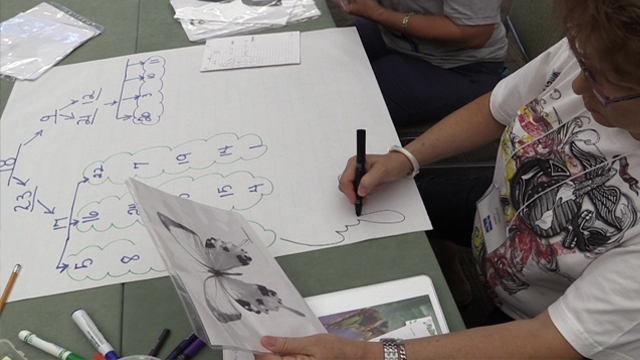
This education researcher uses measures of center and measures of variability for numerical data from random samples to draw informal comparative inferences about two populations.

Hear how mathematics helped shape Dr. James O'Brien's groundbreaking research in ocean modeling of El Niño.
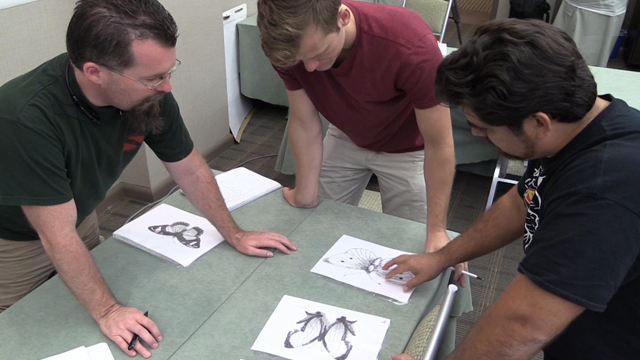
This researcher explains common methods behind randomized studies in the social sciences, specifically in education.

Carbon can take many forms, including foam! Learn more about how geometry and the Monte Carlo Method is important in understanding it.
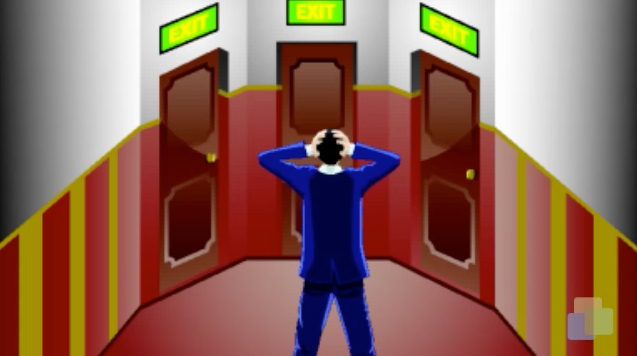
Should I keep my choice or switch? Learn more about the origins and probability behind the Monty Hall door picking dilemma and how Game Theory and strategy effect the probability.
Download the CPALMS Perspectives video student note taking guide.

Ecologist Rebecca Means discusses the use of statistical sampling and comparative studies in field biology.
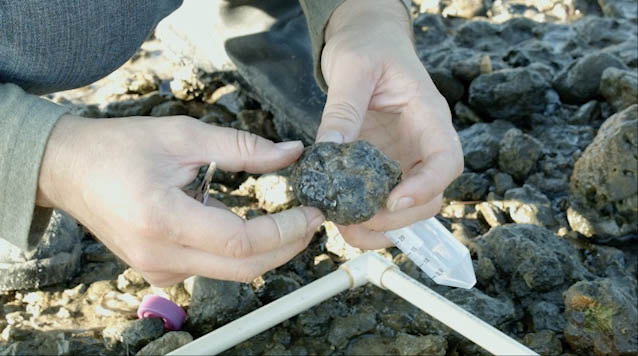
Will Ryan describes methods for collecting multiple random samples of anemones in coastal marine environments.

Will Ryan describes how linear regression models contribute towards his research on sea anemones.

Deep sea shark researcher, Chip Cotton, discusses the need for a Power Analysis to determine the critical sample size in order to make inferences on how oil spills affect shark populations.
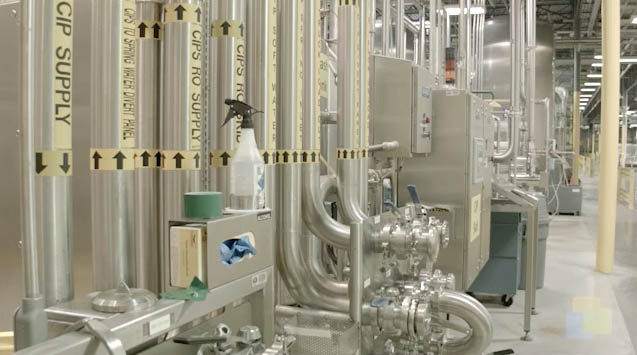
Hydrogeologist from Nestle Waters discusses the importance of statistical tests in monitoring sustainability and in maintaining consistent water quality in bottled water.
![Cpalms [Logo]](/images/cpalms_color.png)








